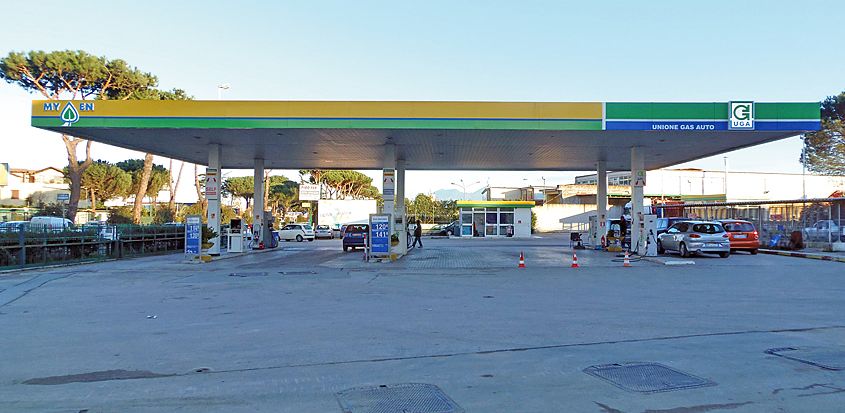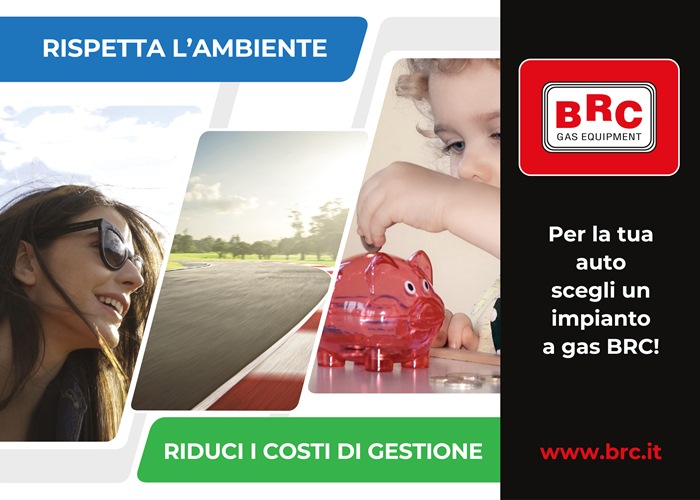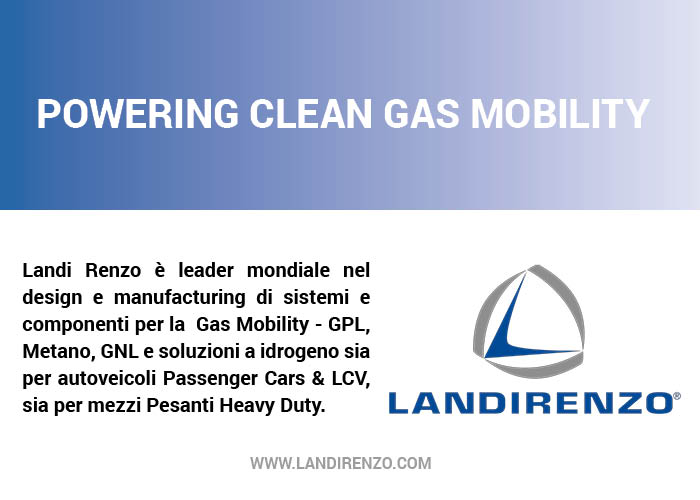Venice was in first place for the study of sustainable mobility in Italy in 2014, favored by the largest pedestrian area and the lowest rate of motorization, but also by its functional public transport, a good bike sharing service and the best car sharing service.
Brescia and Turin were in second and third place, then Parma in fourth and Milan in fifth. Florence and Bologna are also among the top ten, respectively in sixth and seventh place, while Rome is only seventeenth. After Bologna come Padua, eighth, Bergamo, ninth, and Cagliari, the first city from southern Italy to win a place amount the top ten. At the bottom of the classification are Reggio Calabria, Potenza and L’Aquila.
https://www.ecomobile.it/index.php/en/news/151-ambiente-en/928-sustainable-mobility-in-the-50-most-important-italian-cities#sigProIdd717468650
These were the findings of the ninth Sustainable Mobility report in Italy: a survey of the 50 most important cities carried out by Euromobility, which examines the situation of the regional and provincial capital cities with more than 100,000 inhabitants. Among the main data of interest is the continual growth of LPG and CNG-fueled cars, hybrids and electrics, that went from 8.0% in 2013 to 8.5 in 2014. Ravenna, Bologna and Ferrara are the cities with the highest number of lop impact cars, in particular gas; in Ravenna more than one car in 5 (20.6%), Bologna and Ferrara don’t go beyond 19.8 and 19.4%. Udine, Aosta and Trieste are last. The presence of hybrids and electric cars is still very marginal (0.21% compared with 0.14 in 2013) while LPG and CNG account for 8.29% of the total). The province of Milan reaches 0.56% of the entire fleet of cars, followed by Bologna and Trento, respectively, with 0.49 and 0.48%. In last place is Taranto, with 0.03% of the entire fleet of cars in circulation.
BLOG COMMENTS POWERED BY DISQUS





















